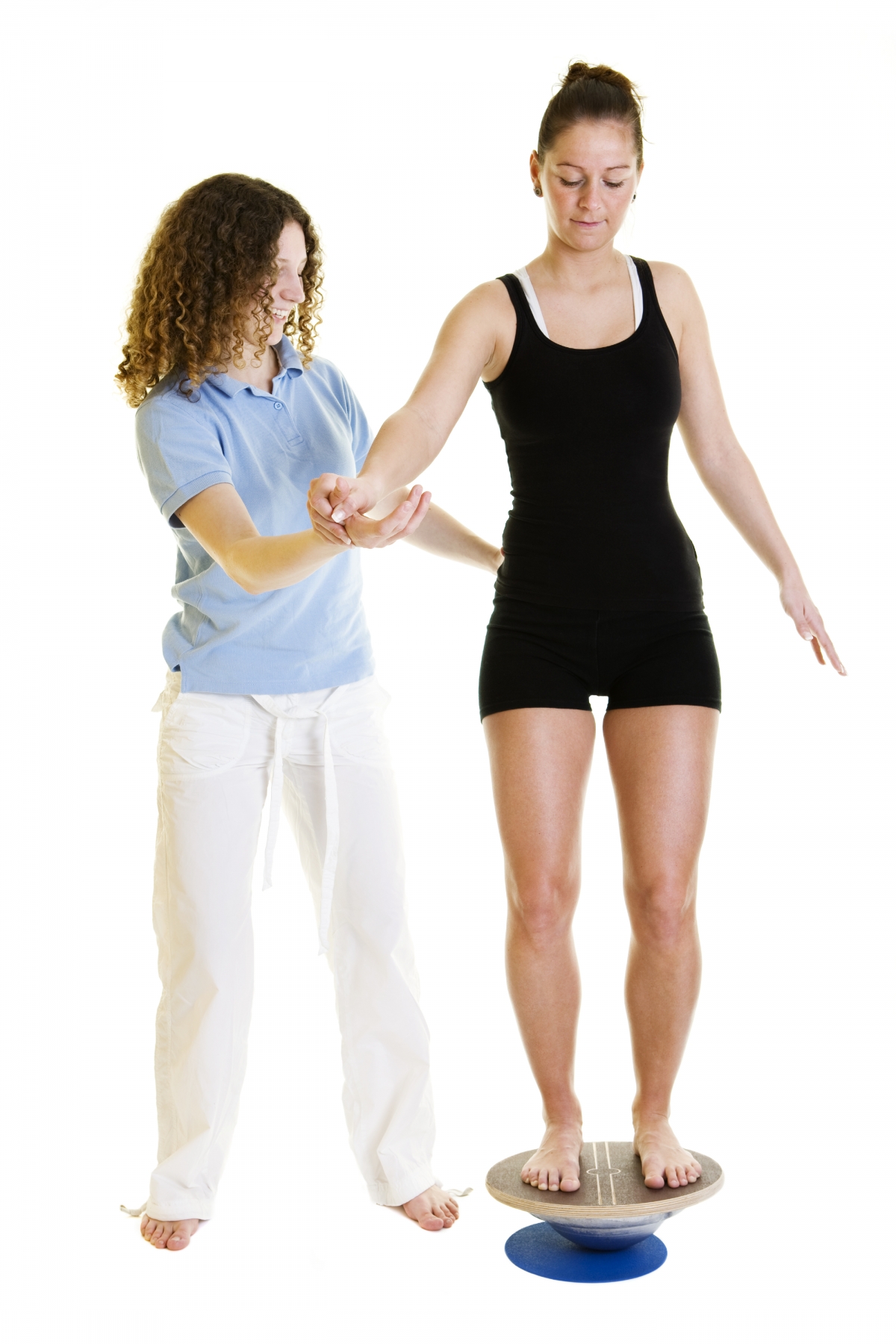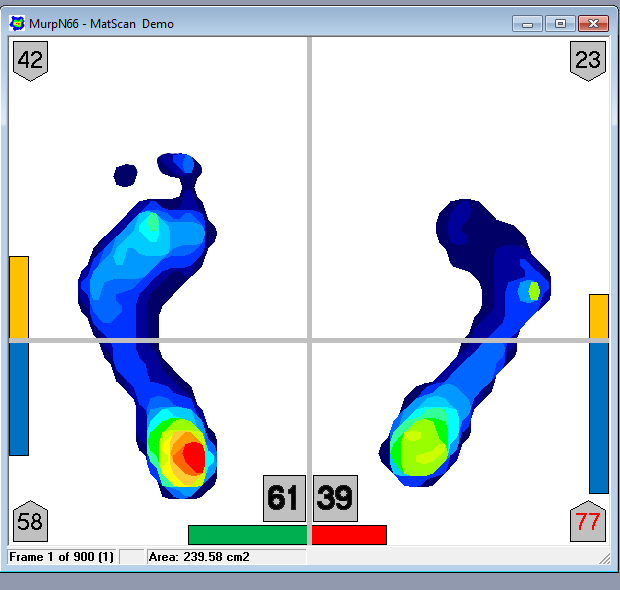Balance: Why It Matters & How to Measure It in Your Practice
 Balance problems aren't reserved for the aging and feeble. Individuals of all ages, from all walks of life, can experience the disorienting, debilitating, and sometimes dangerous effects of lower-limb asymmetries and balance disorders.
Balance problems aren't reserved for the aging and feeble. Individuals of all ages, from all walks of life, can experience the disorienting, debilitating, and sometimes dangerous effects of lower-limb asymmetries and balance disorders.
Oftentimes, we take for granted the high quality of life provided by the ability to move freely with confidence and safety. Balance plays a key role in maintaining this freedom, and as a result, any perceived imbalance should be measured and properly treated. Fortunately, improvements in clinical therapy techniques and technology provide patients a quicker and more efficient path to peak performance.
Do you currently have the right systems in place to conduct balance assessments in your practice?
With technology to measure and monitor balance, you're empowered to accurately determine the cause of balance problems, design treatment programs to improve balance, and assess & address fall or injury risk.
To perform static balance tests, observe dynamic weight distribution, or evaluate balance related to sports or fall risk, Tekscan offers a family of solutions tailored to meet your specific applications in both lab and clinic al environments.
With these systems, you’re able to instantly obtain weight bearing information to:
- View and analyze force and pressure profiles
- Immediately identify asymmetries
- Assess balance & fall or injury risk
You can also monitor progress during treatments to:
- Document and assess pre/post conditions with objective data
- Use as a training tool to provide real-time visual feedback
- Measure treatment outcomes
According to Brenton-Rule, et. al., using one of our automated systems reduces the rater error, 'due to postural sway values being captured by the measuring system and not the examiner, rater error and bias, which may be present in non-computerized tools, such as the swaymeter, was minimized'.1
Invest in one of Tekscan’s balance & stability assessment solutions to ensure you’re collecting the best, most accurate data that will accelerate any individual’s path to peak performance!
1. Brenton-Rule, A., et. al. 2012. 'Reliability of the Tekscan MatScan Systems for the Measurement of Postural Stability in Older People with Rheumatoid Arthritis.' Journal of Foot and Ankle Research (August).
